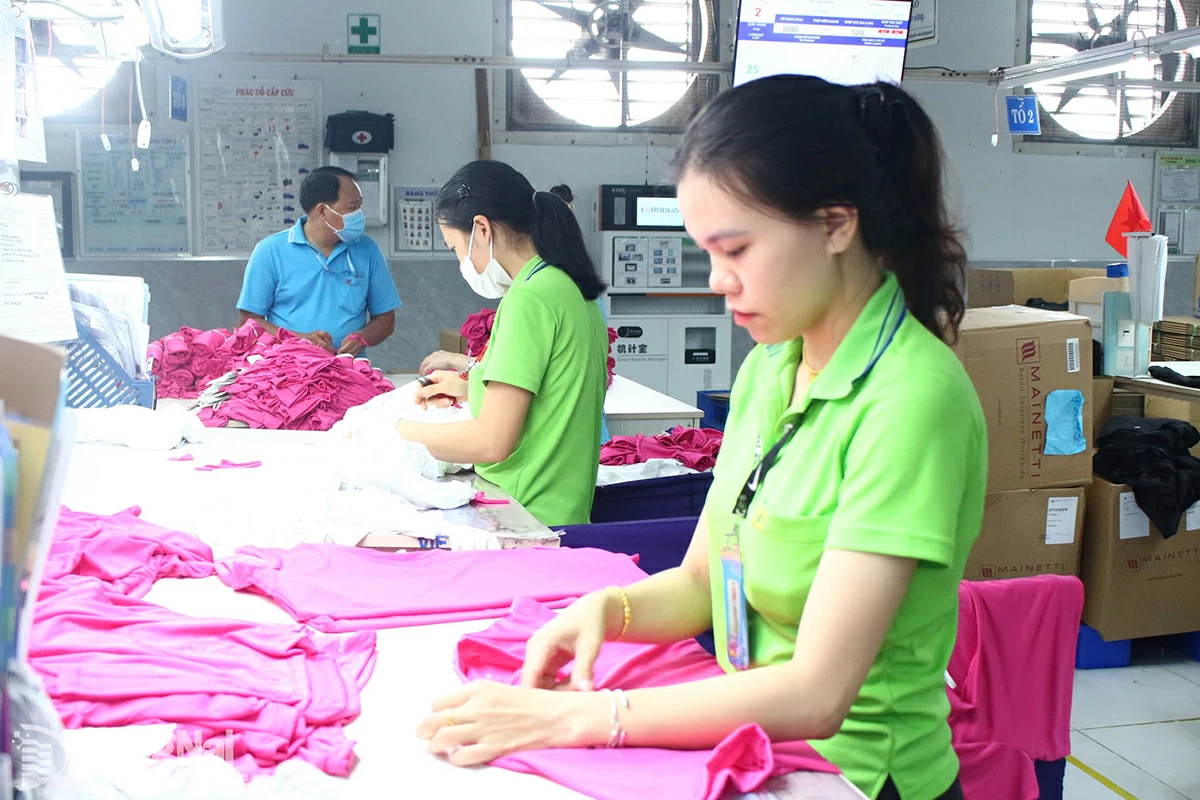 |
| Garment production at Dong Tien Joint Stock Company (Amata Industrial Park, Long Binh Ward), one of the famous domestic garment companies in the country. Illustration photo: Nguyen Hoa |
According to economic experts, despite impressive growth, the textile and footwear industry is facing difficulties and challenges as tax policies as well as requirements on origin and raw material sources in major markets such as the United States and the European Union (EU) are increasingly tightening on imported goods, including goods originating from Vietnam.
Key industries seek sustainable direction
According to statistics from the Vietnam Textile and Apparel Association, in the first 6 months of 2025, the textile and garment industry's export turnover reached nearly 22 billion USD, an increase of 10.6% over the same period in 2024.
In recent times, over 40% of Vietnam’s textile and garment products have been exported to the US market. Therefore, US tax policies will have a direct impact on textile and garment enterprises. Proactively responding to market fluctuations, the textile and garment industry has focused on training human resources, applying high technology (AI, robots, etc.) in designing and developing new products, etc.
At the conference between the Prime Minister and Vietnamese representative agencies abroad on the diplomatic economic situation in the first 6 months of 2025 on July 22, Vice President and General Secretary of the Vietnam Textile and Apparel Association Truong Van Cam said that the Vietnamese textile and garment industry has currently exported products to 130 markets around the world. However, products are still only focused on a number of key markets such as the US, EU, Japan (over 10%), South Korea and China (over 8%)..., not exploiting many other potential markets.
According to Mr. Cam, the current “bottleneck” of the textile and garment industry is the production of fabrics and accessories. The textile and garment industry is making efforts to attract domestic and foreign investment in this field to proactively supply raw materials and accessories, as well as meet the origin standards according to the regulations of the free trade agreements (FTAs) that Vietnam has signed and benefit from tariffs.
For the leather footwear industry, according to statistics from the Vietnam Leather, Footwear and Handbag Association (LEFASO), in the first 6 months of 2025, the export turnover of the leather footwear industry reached 14 billion USD, an increase of 12% over the same period in 2024. The main export markets are the United States and the EU.
Sharing about the difficulties of the leather footwear industry, LEFASO Vice President Phan Thi Thanh Xuan said that the “bottleneck” of the Vietnamese leather footwear industry is currently the issue of raw materials and accessories. Vietnam is still dependent on imported raw materials and accessories or on customer orders with a manufacturing model for foreign partners. To solve this problem, the leather footwear industry is looking for a way to be self-sufficient in producing raw materials and accessories in Vietnam. At that time, Vietnamese enterprises will attract orders, creating good momentum for development in the coming period.
Encourage sustainable development solutions
Currently, LEFASO, the Vietnam Textile and Apparel Association and the Vietnam Wood Association have proposed the establishment of an Innovation Center, building and developing raw materials and accessories for the Vietnamese fashion industry (referred to as the Innovation Center). Accordingly, the Innovation Center will solve many problems, diversify supply sources; develop and innovate in product design, business models, etc.
According to Ms. Phan Thi Thanh Xuan, Vietnam's current raw materials come not only from China, but also from many other countries in the world (Uzbekistan (leather materials), but does not know how to approach Vietnam). Therefore, the Innovation Center will be a bridge to the departments.
In Dong Nai, textiles and footwear are the key industries with the province's industrial production index. In the first 6 months of 2025, the economic growth of the garment and footwear sector will reach 8-10% compared to the same period in 2024. Most garment and footwear enterprises in Dong Nai do outsourcing for foreign partners and are also heavily dependent on raw materials and product consumption markets.
Mr. Tran Van Hung, Finance Director of Bowker Vietnam Co., Ltd. (Ho Chi Minh City), Vice Chairman of Dong Nai Province Accounting Association, shared that Dong Nai has many enterprises in the textile and garment sector. Most garment enterprises process and produce according to orders from foreign partners and still have to import raw materials. If enterprises can proactively source domestic raw materials, they will reduce many types of costs...
Mr. Hung said that to build a sustainable textile and garment industry, it requires the participation of the Government, relevant ministries and sectors. There must be mechanisms and policies to support and promote garment enterprises in developing markets, supply sources and communication strategies to promote brands...
Regarding the proposal of the footwear and textile industry to build an Innovation Center, Prime Minister Pham Minh Chinh requested that the footwear and textile industry as well as some economic sectors with large export proportions of the country need to have a strategy to research and develop designs, packaging, and raw materials. Limit purchasing, and at the same time make full use of the domestic raw material supply capacity.
The Prime Minister emphasized that the Government fully agrees with and supports key economic sectors in developing research centers to have a sustainable development strategy, aiming at diversifying products and markets...
Ngoc Lien
Source: https://baodongnai.com.vn/kinh-te/202507/tim-huong-di-ben-vung-cho-nganh-giay-da-va-det-may-54e2103/


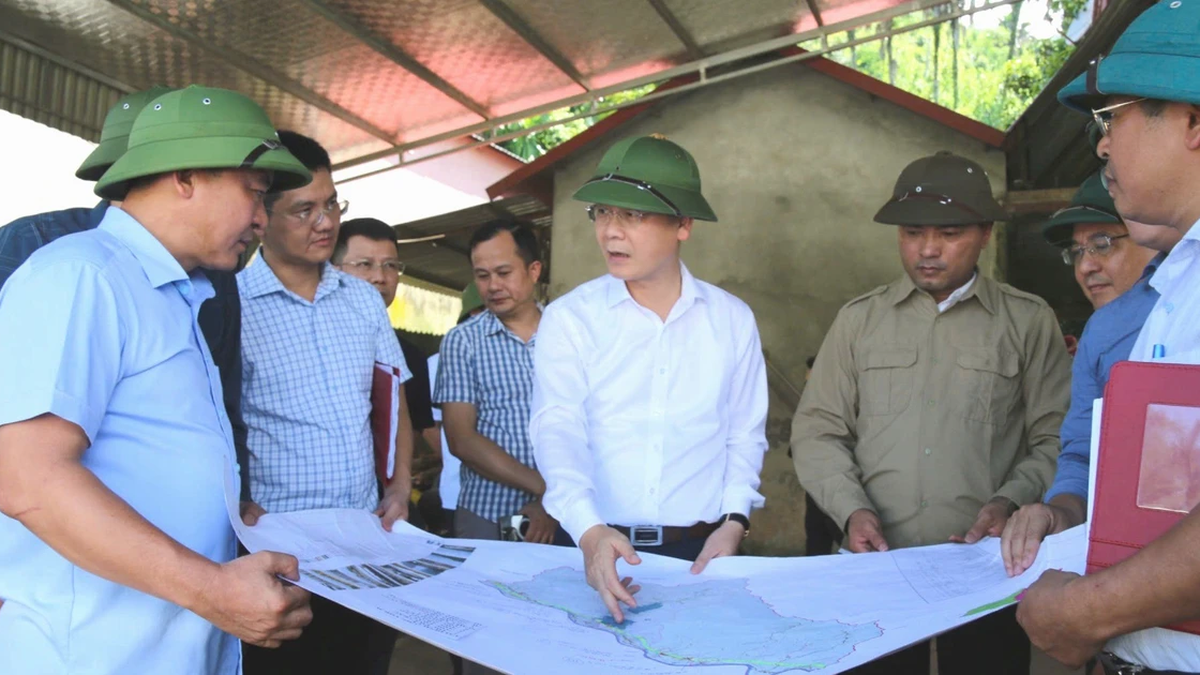


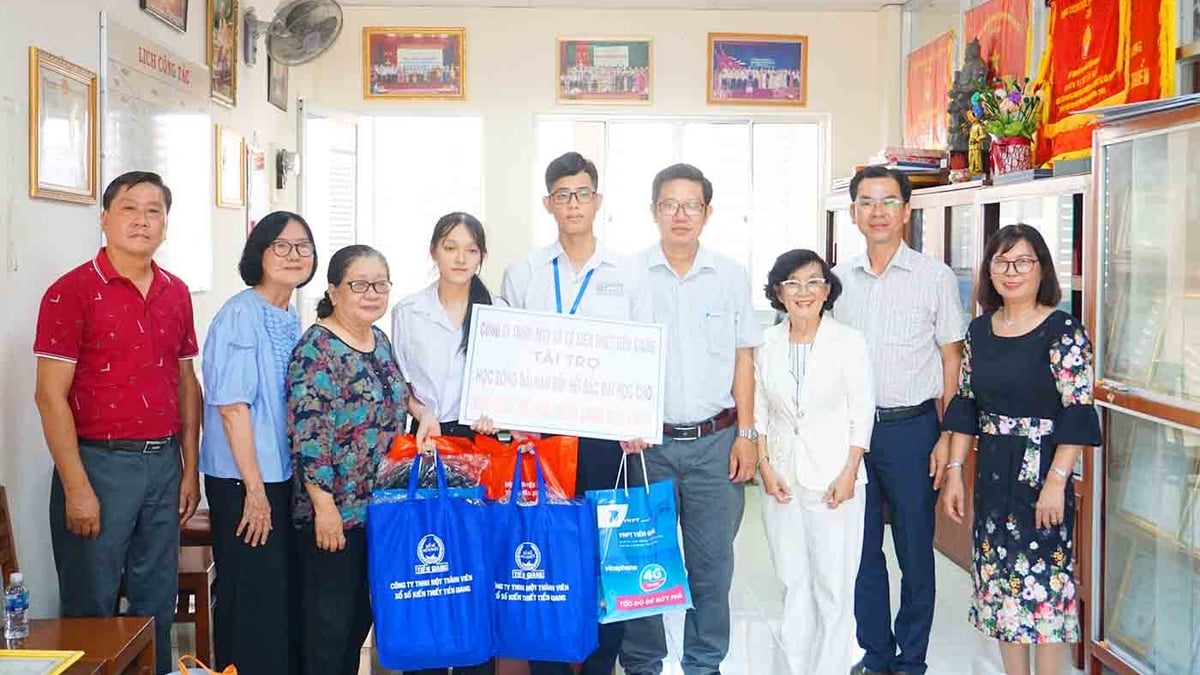




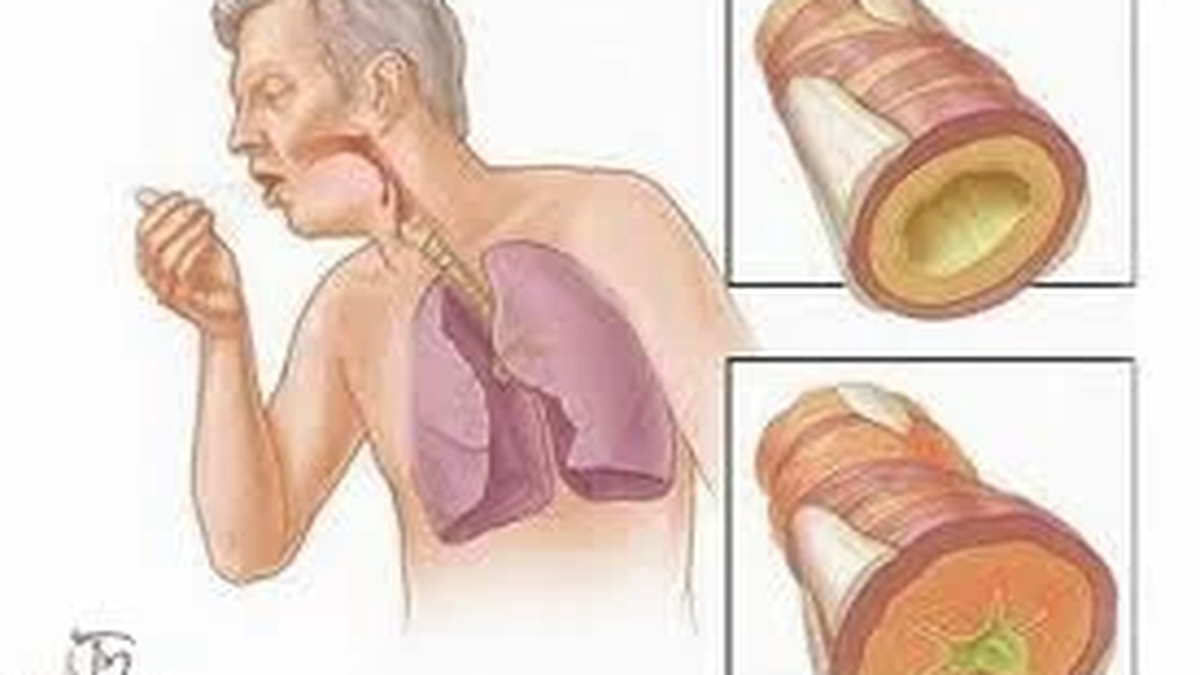




























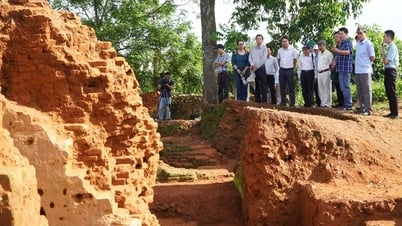






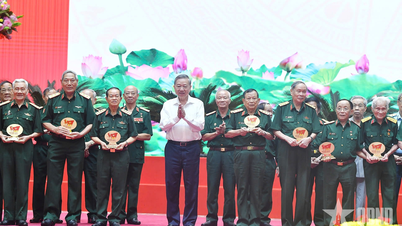




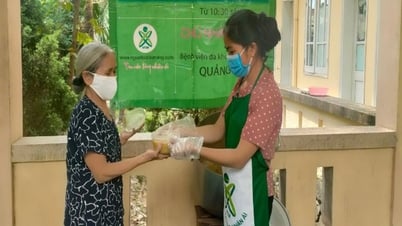


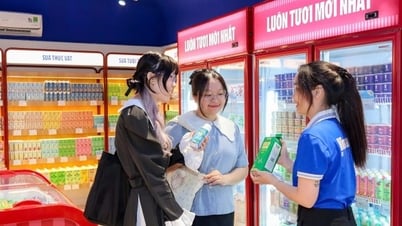
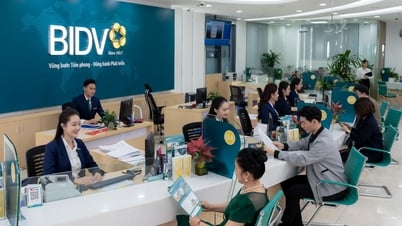



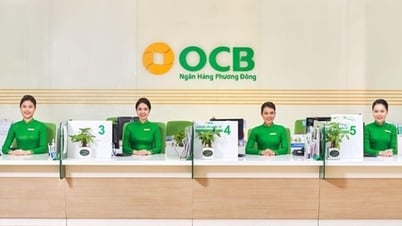








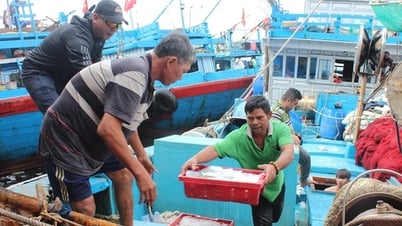
















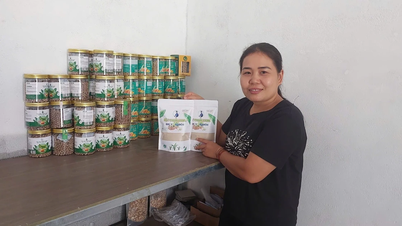











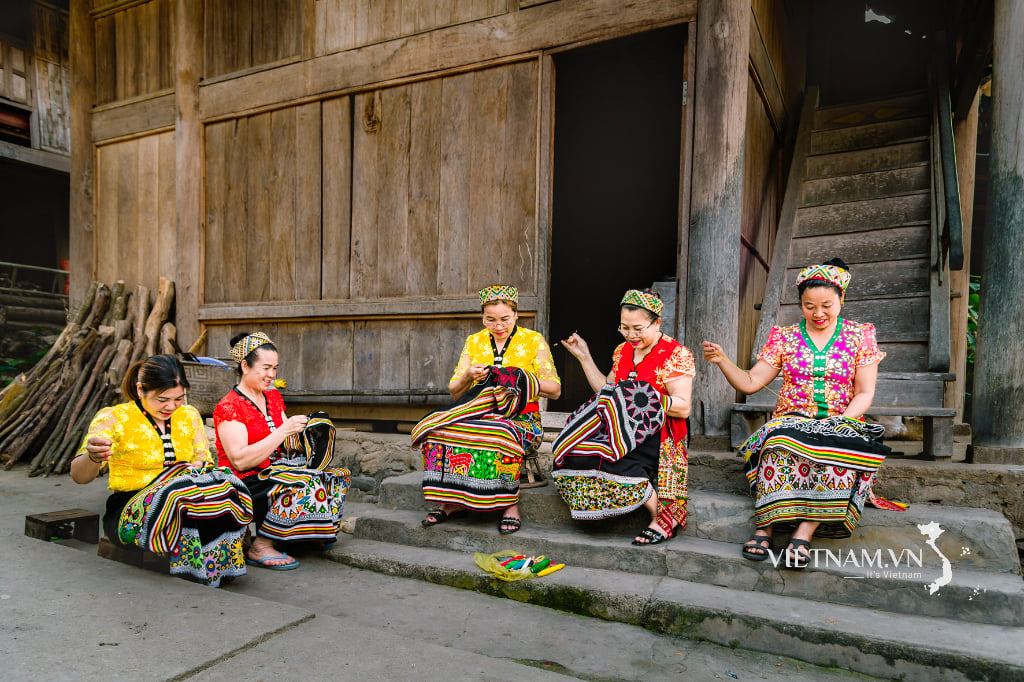


Comment (0)